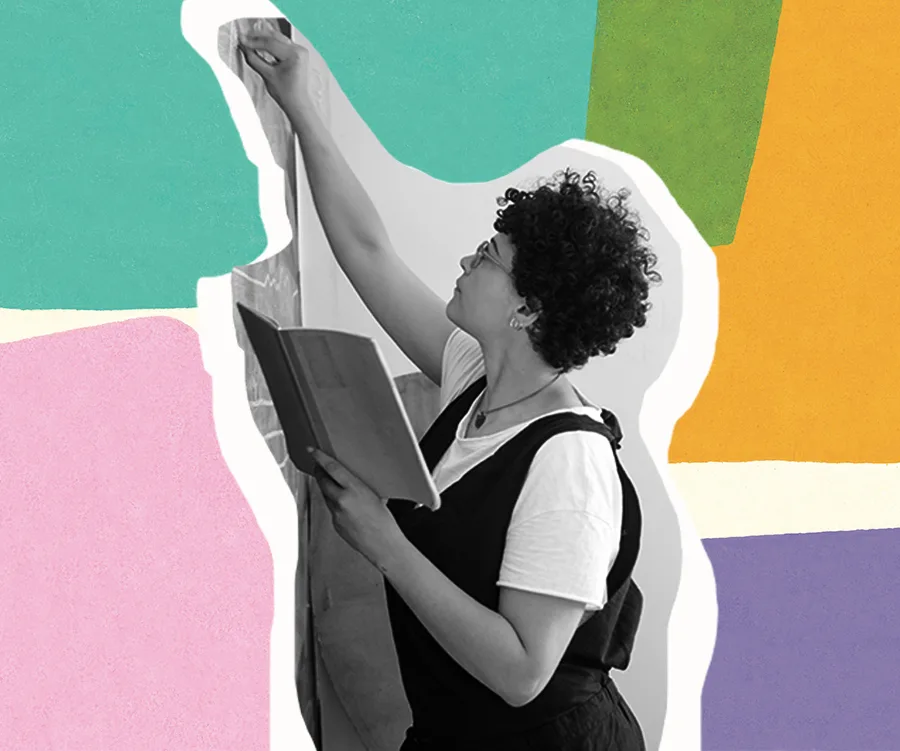As the COVID-19 outbreak continues to worsen in Australia, there has been a growing public debate on the potential closure of our schools.
In his public address on Wednesday morning, Prime Minister Scott Morrison put an end to school-closure speculation by declaring schools would, for the ‘foreseeable future’, remain open.
“There is a national public interest here in keeping schools open and our advice is that [it] is not being done at the detriment [or] the health of any child,” he said.
Citing the severe disruption school closures would have on the country, the PM warned of job losses (tens of thousands) and a 30 per cent impact on the availability of health workers.
“There is only one reason your kids shouldn’t be going to school and that is if they are unwell,” he said.
Chief medical officer Brendan Murphy further emphasised the need for schools to remain open and encouraged schools to advocate hygienic practices such as hand washing and social distancing.
“It will be hard for schools, but it would be much, much, much harder for society if the schools were closed,” he said.
Social media proves the country remains divided on the decision.
Many support the Government’s call – a decision based on advice given by the Australian Health Protection Principal Committee (AHPPC) – while others deem it dangerous.
Although the pandemic has shown that children do not appear to suffer severe effects when they contract COVID-19, they can contract it – and spread it.
Teachers have taken to Twitter to express their anger, with many criticising Morrison’s 1.5 metre social distancing rule.
There’s no denying the logistical shakeup school closures would cause to workplaces and health centres nation-wide, with parents (some of whom are health workers) required to stay home to look after kids.
But pros and cons of shutting schools aside, who is vouching for the health and safety of our teachers?
Who is supporting our teachers?
Leanne*, a Catholic primary school teacher on Sydney’s Northern Beaches says that the expectations currently placed on teachers “have surpassed reality in any other business.”
In response to the government’s social distancing rule, Leanne says that schools are in direct contravention. Despite school excursions, camps and athletics carnivals being cancelled, children are still working together in classrooms and socialising during breaks.
“We are simply sacrificial lambs. No child under the age of 12, in a 6×4 metre classroom has the ability to practice a 1.5 metre parameter.
“I personally feel that our wellbeing and health have not been considered at any point in the exercise.
“We have been frantically building Google Classrooms in our own time to ensure that children can continue to learn if sent into isolation. We are exhausted and already overworked. We are simply told to remain calm and work harder.”
Why are teachers self-funding their class’ sanitisers?
It’s not only an added workload teachers are having to accommodate for. They are also having to provide hygiene products for their students.
“We have been provided with no hygiene products,” says Leanne. “In fact, we do not even have hand sanitisers. Governments should have made this a priority. I have supplied baby wipes for cleaning the desks at my own cost.”
With product availability limited due to high demand, teachers are having to carry on with their day-to-day obligations with zero protection.
For teachers categorised within high-risk groups due to age or underlying health conditions, or who have vulnerable family members at home, the lack of hygiene measures could be detrimental.
How many teachers are considered high risk?
According to a 2018 OECD report, Australian teachers are, on average, 42 years old and 30 per cent are aged 50 and older.
The government has advised teachers categorised as high-risk to avoid travelling overseas and to avoid contact with anyone who has been diagnosed with COVID-19.
Alice, whose 63-year-old mother works at a school on Sydney’s North Shore, says she feels nervous about her mum’s working conditions.
“They tell teachers to keep windows open but most of [the windows in my mum’s classroom] can’t be opened,” she explains.
“It’s a joke and the Government doesn’t seem to care. [My] mum’s been teaching kids for more than four decades and she deserves greater care.”
Calling out the Government’s use of Singapore as an example of successfully controlling the virus, Alice says the situation in Australia is different.
“Singapore were testing kids’ temperatures as they entered and left school every day. It’s completely different.”
“More than half of our staff are hard-working women over 50, with five in their sixties,” explains Leanne.
“They are some of the best teachers I have ever worked with. Their work ethic and commitment are boundless. They talk in hushed whispers in the staffroom and around corners, fearful of being accused of not remaining calm.
“They are frightened and uncertain. But teachers, like the students they teach, are cowed into submission by the powers that be. A bishop, a prime minister, a health minister, the CEO of Catholic schools, the principal, the parents, the priest and so on.
“We are so low in the food chain; why would our health and well being be considered? It’s sad, but true.”
“Children probably aren’t getting the learning they deserve”
Lauren*, a kindergarten teacher on Sydney’s North Shore says parents have been lovely, offering their support when dropping their kids off to school.
“I’ve been seeing parents more seeing as they now drop them off to the classroom every morning,” she says. “Most of them have asked how I’m going, which is lovely.”
She says that while only a few parents have decided to keep their children at home, it’s staffing changes that are causing the most disruptions to classes.
“We have two staff members who have immune diseases,” she says. “They’ve both taken the week off, which is great, but it’s been a challenge to find casuals. It’s hard to find people that have taught at the school before, because casual teachers don’t really want to start new [schools] at the moment.”
With a lack of casual staff, Lauren says some classes have had to be divided up between other classes.
“It’s tricky for kids when they’re in a class with just four students from their own class and then a whole different class, a whole different teacher, a whole different routine. They don’t really get the learning they probably deserve.”
Is there an alternative?
Schools in Norway, Belgium and the UK have sent the majority of pupils home for remote learning, but have kept campuses open to supervise children of healthcare workers. The schools have even extended their hours to cater to parents working in hospitals.
But Leanne says this solution still remains poses a threat to teachers.
“To the Government we are a logistical nightmare. Even in considering the closing of schools, they are still suggesting skeleton staff to babysit the children of the frontline workers. Who do we sacrifice then?
“Again, there has been absolutely not a shred of concern demonstrated for our health.”
There still is the chance that Australian school will close in the future. The AHPPC says it is evaluating its advice everyday. However it’s the lack of respect the Government has shown towards teachers, via poor communication and lack of protection, that calls for immediate recognition.
It also begs to ask: who is responsible, and accountable, for implementing the Government’s directives? Who is ensuring that the various educational sectors are supporting the teachers by enabling such practices as social distancing and the provision for resources?
It’s time we cared for our kids’ teachers and found solutions to the COVID-19 outbreak that included their health and mental wellbeing as a priority.
On top of deaths, illness and economic loss, it could be the Government’s lack of support for our children’s educators that proves to be one of COVID-19’s greatest regrets.
Leanne believes schools should be closed immediately and kept closed until this disease is eradicated.
“The Government needs to work out how to care for the children of the frontline workers, not sacrifice the teachers. More should be done immediately to protect these teachers who only ever have the children’s best interest at heart.
“At least provide us with some soap and sanitisers.”
**Name has been changed.*



